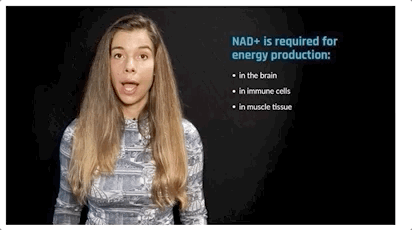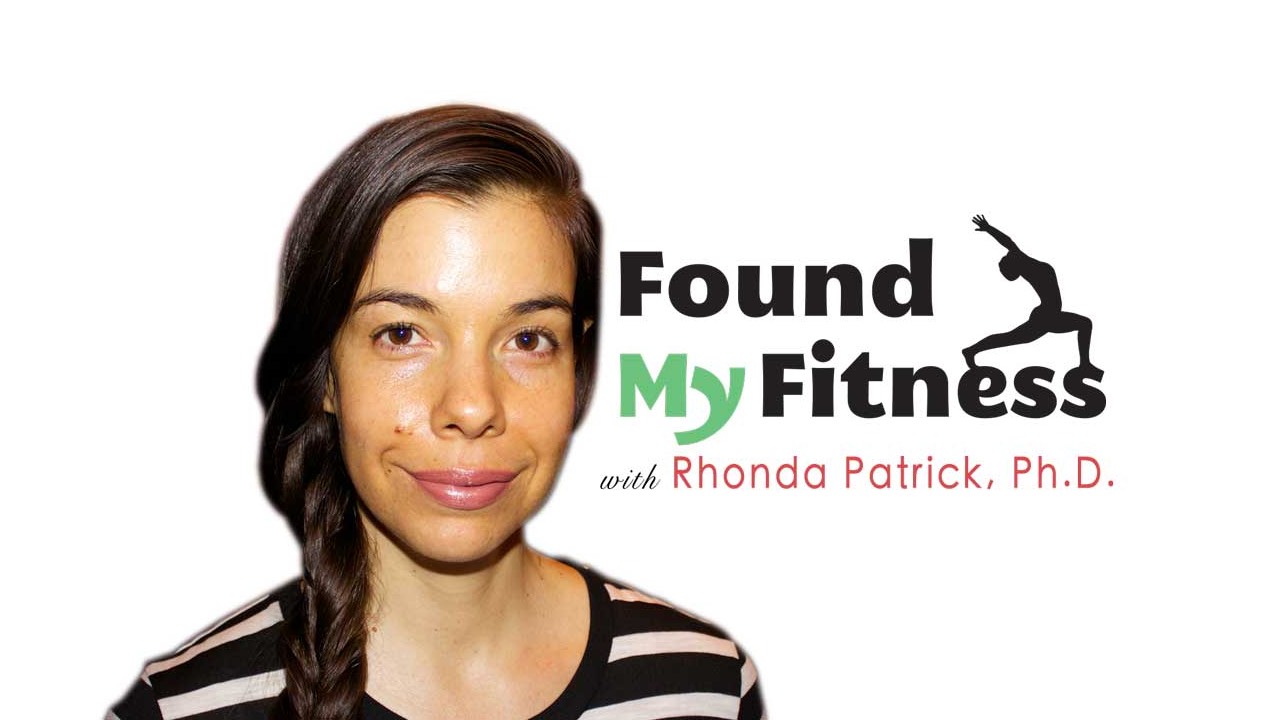Slow vs. fast twitch – how HIIT and aging impact muscle fibers | Dr. Martin Gibala
Get the full length version of this episode as a podcast.
This episode will make a great companion for a long drive.
The BDNF Protocol Guide
An essential checklist for cognitive longevity — filled with specific exercise, heat stress, and omega-3 protocols for boosting BDNF. Enter your email, and we'll deliver it straight to your inbox.
Muscles comprise two primary types of fibers: slow-twitch (type one) and fast-twitch (type two), differentiated by their contraction speeds and fatigue rates. Generally, slow-twitch fibers are engaged in low-intensity activities and are more enduring, while fast-twitch fibers handle powerful, quick actions but fatigue faster. Human muscles are a mix of both, with elite athletes having more of one type depending on their specialization.
As people age, there's a noticeable loss of fast-twitch fibers, emphasizing the importance of strength training for older adults to counteract risks like falls and frailty. In this clip, Dr. Martin Gibala explains how vigorous activity engages both slow- and fast-twitch muscle fibers and delves into the effects of aging on these fibers.
Rhonda: So I kind of wanted to circle back just for a moment to the muscle biology aspect, because, well, one, you're an expert in that arena.
And we didn't touch on the, how high intensity interval training affects the recruitment of muscle fibers. So type one fibers, type two fibers, what does that mean? How much does individual variation play in that equation?
Dr. Gibala: So, big picture, generally speaking, there's two main types of muscle fibers. They can be quantified different ways, histochemically, there's different ways to measure them.
But there's slow twitch and fast twitch muscle fibers. Those definitions are based on basically how quickly the muscle fibers can shorten or contract. And so the fast twitch are sort of fast, explosive, very, very quick. So we think of those associated with variable fast, explosive, powerful movements, where the slow twitch, they don't generate as much force, but they don't fatigue very quickly as well.
Sometimes also known as type one and type two. And those are generally looking at, there's ways to measure basically the oxidative capacity, how aerobic each of the muscle fibers are. So there's different ways to categorize them, but generally speaking, two types, and they differ in their characteristics.
There's definitely something to the idea that we first recruit, and this is known as the size principle, in part based on the diameter of the muscle fibers. So these slower twitch fibers, these type one fibers tend to have narrower diameters, and they tend to be recruited first. So if I was to get up from the chair right here, we were gonna go for a walk around outside the studio, very low intensity.
Those muscle fibers that we would recruit to do that work are generally these slow twitch or type one muscle fibers. They're good for low to moderate levels of force, and they last for a long time without fatiguing. Then we need to get back quickly to the studio, or we need to run away from a scare that's outside.
We suddenly have to engage in very fast movement. We're gonna now recruit or call in these fast twitch muscle fibers because we need more powerful muscle contractions in order to go faster. We wouldn't be able to sprint away from the danger for very long because we'd eventually fatigue because these fast twitch or type two muscle fibers, that's one of the limitations of them.
And so that idea of progressive recruitment of muscle fibers is well established. What's not, it's not as clean to just be able to say, when we do low to moderate exercise, we only recruit slow twitch or type one. When we do high intensity, we certainly don't only recruit type twos. We've already called on our slow twitch, and then we start to recruit the fast twitch as well.
And the other point is, like a lot of things, it's really hard to study. So, you take a muscle biopsy sample, that's hard enough, right? It's invasive, people have to volunteer. Sometimes it's a little painful, but you get your biopsy out. Now you have to separate these muscle fibers. So you literally have to individually identify whether muscle fibers are fast or slow, and then you separate them into pools, and you analyze the type ones and the type twos.
Very intricate, time-consuming work. And so there's not a lot of data out there. A lot of animal studies that were done previously, in rodents, for example, they have much more clearly defined muscles. So they will have fibers, muscles that are almost entirely fast twitch, or muscles that are almost entirely slow twitch.
And so in those, you can just take samples of specific muscles, from a rat hind limb, for example, and know that you're pretty much looking at fiber type differences. Human muscle is much more variable, heterogeneous. And so elite endurance athletes tend to have a much higher preponderance of slow twitch muscle fibers, 70, 80%.
Elite strength athletes, power lifters, tend to have much higher preponderance of fast twitch muscle fibers. But the vast majority of us are walking around, somewhere around 50-50, 40-60. And again, that complicates interpretation when we talk about fiber type differences to different types of exercise.
Rhonda: I see. Are people more prone to losing one type over the other with age?
Dr. Gibala: Yes. And so definitely there's evidence to suggest that there's progressive loss of these fast twitch muscle fibers, maybe, mainly, or sorry, maybe, mainly due to the inherent aging process. But again, we could have a long discussion around whether aging is more a physical inactivity per se problem or aging per se.
But bottom line is we tend to lose fast twitch muscle fibers, which is probably why, especially as we age, strength training is important in order to maintain the viability of these fast twitch muscle fibers.
Rhonda: Does that correlate also with an increased risk in like falls and frailty? Yeah,
Dr. Gibala: I think all of this aligns, or certainly the theories would be that yes, right? And so we need to maintain flexibility, balance, all of that, but certainly maintaining fast twitch muscle fibers through strength training is gonna be important in order to help prevent falls and other risks.
Muscle fibers used primarily during aerobic activities requiring low-level force and endurance. Type 1 fibers typically exhibit slow contraction times and high fatigue resistance. Also known as “slow twitch” fibers.
Muscle fibers used primarily during activities requiring high-level force, speed production, and low endurance. Type 2 fibers typically exhibit rapid contraction times and low fatigue resistance. Also known as “fast twitch” fibers.
Member only extras:
Learn more about the advantages of a premium membership by clicking below.
Hear new content from Rhonda on The Aliquot, our member's only podcast

Listen in on our regularly curated interview segments called "Aliquots" released every week on our premium podcast The Aliquot. Aliquots come in two flavors: features and mashups.
- Hours of deep dive on topics like fasting, sauna, child development surfaced from our enormous collection of members-only Q&A episodes.
- Important conversational highlights from our interviews with extra commentary and value. Short but salient.
Exercise News
- A simple strength-to-weight measure flags cardiovascular disease and mortality risk in middle-aged and older adults.
- Brief movement breaks during sitting improve blood sugar control after a meal in adults with obesity.
- Antioxidant vitamins strengthened training gains in older women with sarcopenia.
- Hot baths improved cardiorespiratory fitness in endurance runners by boosting red blood cell mass and heart function.
- Late-life exercise may partly reset epigenetic aging in skeletal muscle.






